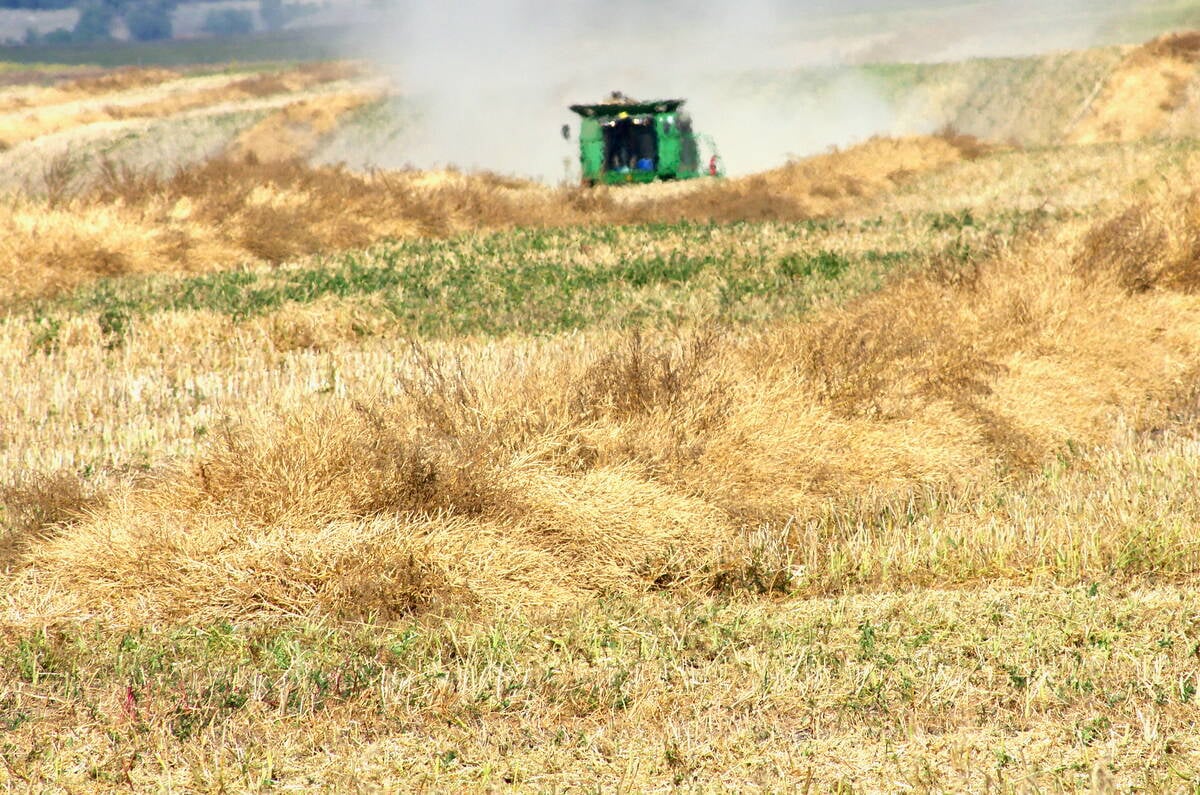Some observers think the organic industry is shooting itself in the foot by refusing to participate in discussions surrounding the coexistence of genetically modified, conventional and organic crops.
The organic voice is noticeably absent at meetings such as the National Forum on Seed, where representative from biotechnology companies, grain companies, seed associations and grower groups debate issues stemming from the presence of GM crops in conventional and organic supplies.
“It is imperative that the voice of the organic industry be included so that their viewpoints can have an impact on potential development on the regulatory side,” said Donna Youngdahl, organic marketing manager at the Canadian Wheat Board.
Read Also

Manitoba searches for Plan B on canola oil exports
A new report explores Manitoba’s current canola oil trade and possible alternative markets to the U.S.
The discussions, which are being driven by liability concerns surrounding the contamination issue, are dealing with topics such as buffer strips and threshold levels, which need input from organic growers, Youngdahl said.
“There is somewhat of a voice that is being carried by the National Farmers Union, but more farmers need to get involved in that level.”
Cathy Holtslander, secretary of the Saskatchewan Organic Directorate, said SOD officials have participated in discussions surrounding the modernization of the seed regulatory framework, but their objections to some of the proposals are being ignored because they are in the minority.
Holtslander said her association is also hampered by a limited budget, which makes it difficult for SOD officials to attend all the meetings organized by the Canadian Food Inspection Agency and the National Forum on Seed.
But even if they could attend every event, SOD has no interest in discussing how to facilitate the integration of GM crops with non-GM crops.
“We’re not about to engineer our defeat,” Holtslander said.
“If you want to have an organic sector, you have to protect it and you can’t have an organic sector that is being contaminated by GMOs.”
Youngdahl said groups such as the United Kingdom’s Soil Association have managed to take a moratorium stance on GM crops while at the same time working with regulators on buffer strips, threshold levels and liability concerns.
She can understand organic farmers’ hesitation to get involved in those discussions, especially considering they are attempting to mount a class action lawsuit against the developers of GM canola, but there is too much at stake to be on the periphery of the debate.
“It’s an issue that needs more attention than just working on the lawsuit side of things.”
Monsanto Canada spokesperson Trish Jordan said biotech crops are here to stay. According to the Acquisition of Agri-Biotech Applications, 222 million acres of these crops were seeded worldwide in 2005, an 11 percent increase from 2004.
Jordan said it is time for the organic industry to start working co-operatively with the biotech industry.
“Trying to create some sort of understanding and dialogue between the groups can only be beneficial rather than continuing to have such a confrontational attitude.”
She said groups such as SOD are doing a disservice to their industry.
“They seem to prefer confrontation rather than conciliation.”















